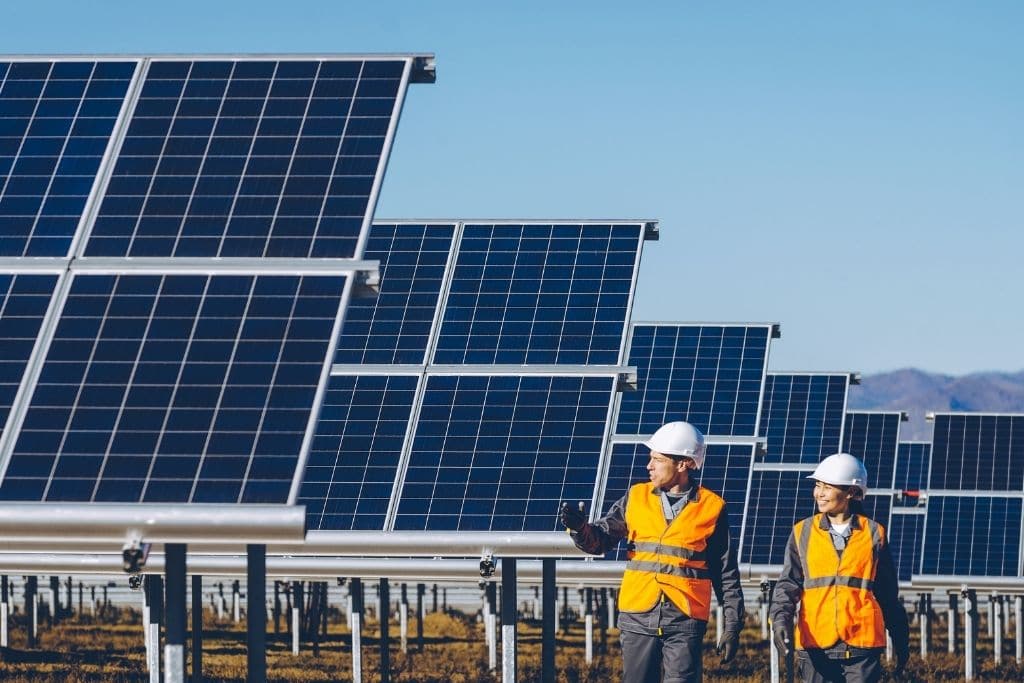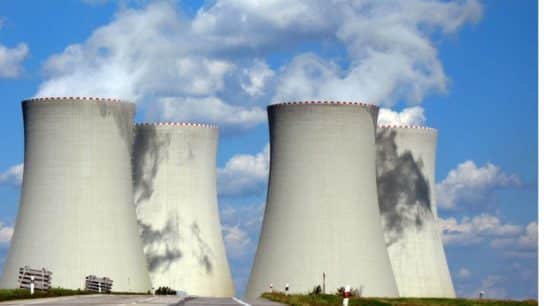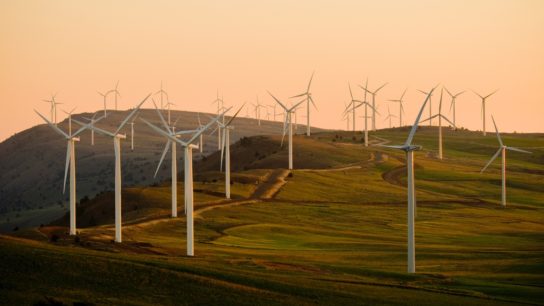The global net zero strategy and the shift to clean energy will create job opportunities overall, but some groups will be harmed disproportionately. Policies must be implemented worldwide to support an equitable transition and minimise resulting job losses.
—
Climate change is the most pressing challenge facing the 21st century. A concrete and shared political commitment at a global level is necessary to reduce greenhouse gas emissions and limit global warming.
This past year, COP26, the UN climate summit in Glasgow, yielded results that fell short of expectations. Nevertheless, policymakers around the world are well-aware of the need for greater action taken against the ongoing climate emergency and implement a concrete net zero strategy. At the same time, there are still many unknowns surrounding the increasingly urgent necessity to abandon fossil fuels, including the impact that the transition may have on the economy. Over the past decades, one of the biggest questions regarding this energy transition has been this: will renewable energy create jobs and how would they offset the losses within conventional energy sectors?
Will Renewable Energy Create Jobs?
2021 was a crucial year for climate action and the wider sustainability agenda. In June, the International Renewable Energy Agency (IRENA) released the World Energy Transitions Outlook, a pathway for the world to limit the global average temperature increase to 1.5 degrees Celsius and bring CO2 emissions to net-zero by 2050. The latest edition of the IRENA’s Renewable Energy and Jobs Annual Review, released in collaboration with the International Labour Organization (ILO), predicts that by following the 1.5C-compatible pathway, jobs gains driven by the energy transition are likely to outweigh losses of fossil fuel jobs over the coming decades. According to the report, by 2050 the energy transition could lead to the creation of around 122 million new jobs, of which the ever-growing share of renewable energy industries are expected to account for 43 million. Solar photovoltaics will provide the most jobs (20 million), followed by bioenergy, wind, and hydropower.
The renewable energy industry requires a workforce spread across various educational and training levels, creating opportunities for a diverse set of individuals. On a 1.5C-compatible pathway, of the jobs created by 2050, half of them will require only a primary or lower secondary education. 37% and 13% of the remaining positions, respectively, call for secondary education and tertiary education at the bachelor’s, master’s, or doctoral level. By requiring only general academic credentials, if any, most jobs created in the renewable energy sector will be accessible through on-the-job training. This underscores the critical role that re-skilling and up-skilling efforts will play in safeguarding fossil fuel workers during the energy transition.
While no overall job losses are expected to occur during the energy transition, the report emphasises that several misalignments may emerge across the energy labour market. For instance, large-scale job losses may precede job gains. In addition, new positions may materialise in locations different from where job losses occurred, while skills required in conventional energy sectors may not satisfy the occupational needs of emerging industries. Finally, job gains and losses will likely impact different sectors of the economy. To achieve an equitable transition with desirable social outcomes, it is necessary to establish a comprehensive policy framework able to address all the above challenges. Precisely this, countries must achieve policy coherence between training, energy, and environmental policies, as well as prioritise institutional coordination to successfully implement a new energy system centred on renewables.
You might also like: Living in Net-Zero: What Will the Jobs of the Future Be?
Women in Renewable Energy
Further efforts in support of greater workforce diversity are imperative to ensure a fair distribution of job opportunities created by any ambitious climate strategy. The energy sector has suffered from pervasive gender imbalances. Women only account for 22% of the global workforce across the traditional energy sector, despite making up 48% of the global labour force. The renewable energy sector is slightly better in this regard, with 32% of jobs held by women. However, they are primarily in administrative positions, while men still account for most science, technology, engineering, and mathematics (STEM) jobs. Gender-disaggregated data is difficult to come by since gender dimensions of the renewable energy field appear to be of no particular interest to economic experts. To gather quantitative and qualitative information, IRENA carried out a survey in 2018 targeting gender distribution in the renewable energy sector, the particular challenges faced by women, and strategies for lessening the gender gap. According to their findings, awareness of gender barriers in the renewable energy sector varies significantly between men and women. Only 40% of male respondents, versus 75% of female respondents, perceive the existence of challenges to female entry and advancement in the sector. This result is of particular concern as gender equality should not be solely a women’s issue. Men, especially those in leadership positions, have the moral obligation to leverage their power and influence, in order to advocate for the eradication of systemic challenges that forestall greater gender equality.
Looking Ahead
The global net zero strategy and the transition to a sustainable energy model will create numerous social and economic opportunities, with growing employment being just one example. However, a global effort, both at the economic and political level, will be necessary to lead the world towards a greener future without compromising the global labour market. In sum, much remains to be done to ensure benefits are equitably distributed and to achieve greater inclusion of marginalised groups into the revamped energy sector of the future.
You might also like: What the Future of Renewable Energy Looks Like














